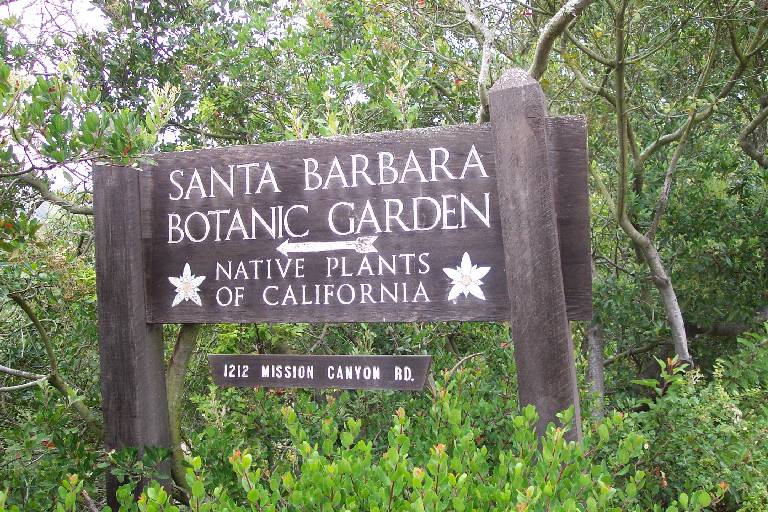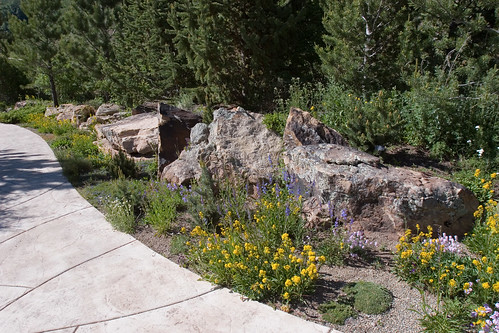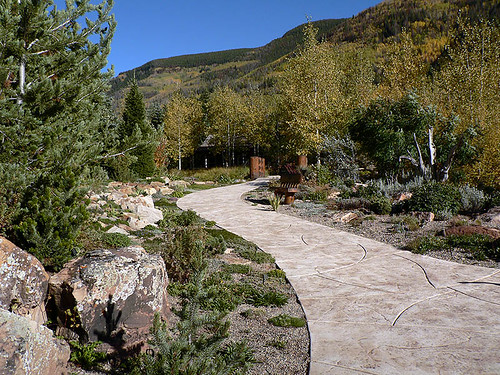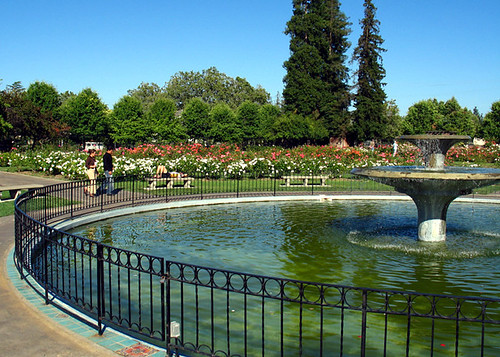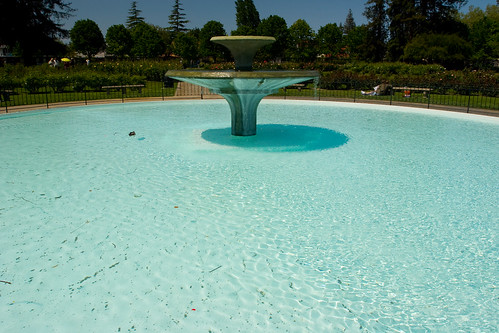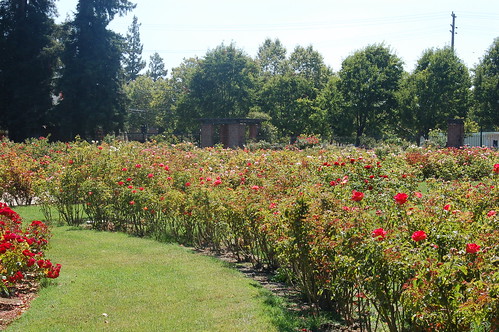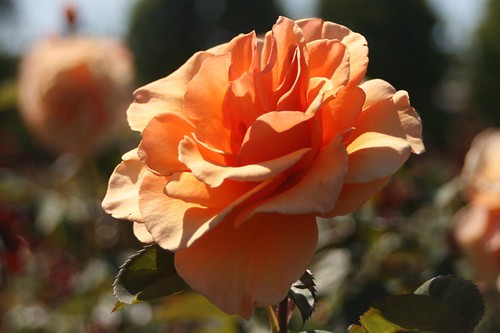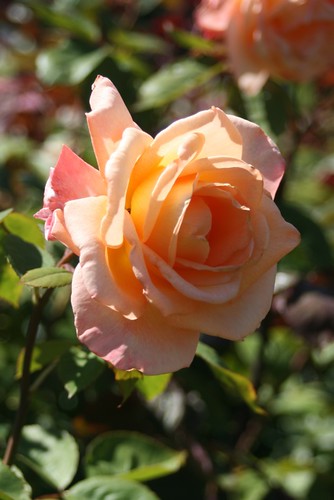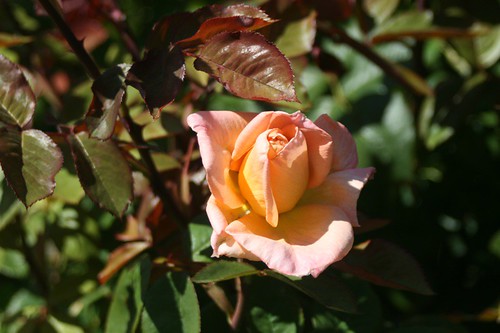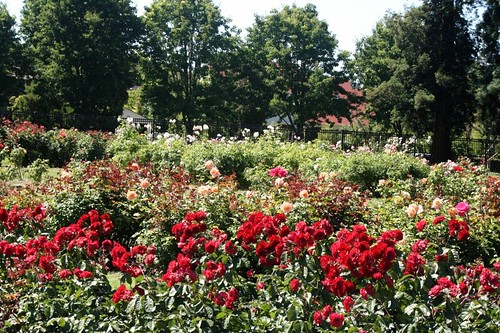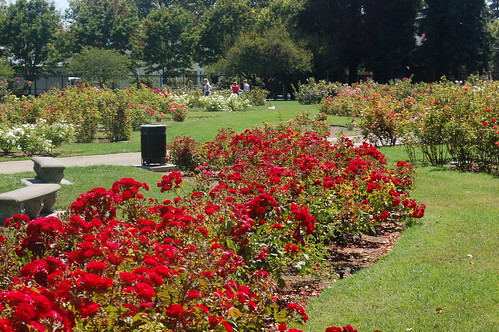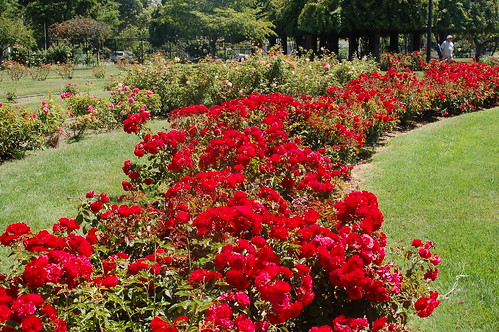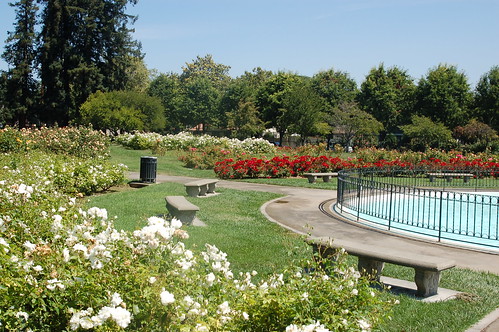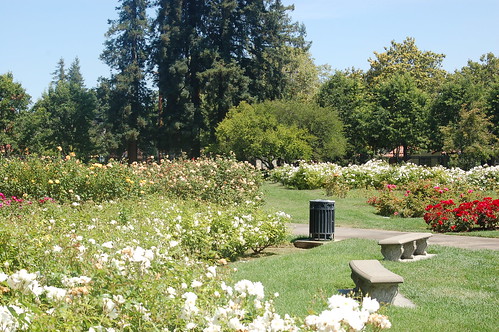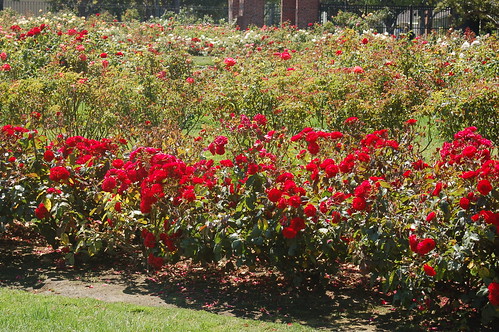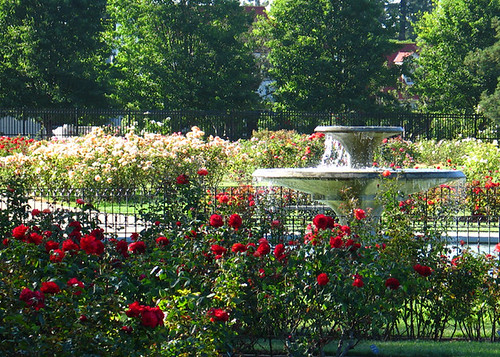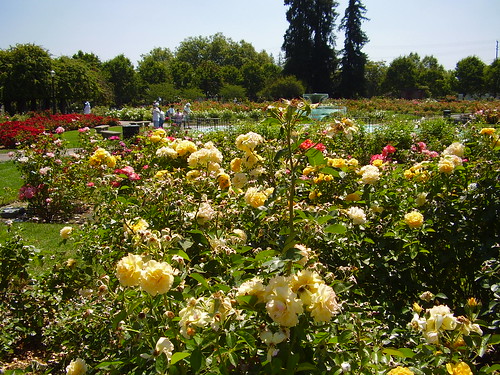These are exciting, intriguing, and fascinating strange plants that eat animals.



Carnivorous plants refer to any meat-eating plants with urn-, trumpet-, or pitcher-shaped leaves. Asclepiadaceae (milkweed family), Sarraceniaceae (new world pitcher plants, or Sarracenia genus found in the eastern part of North America), and Nepenthaceae (Old World pitcher plants) are some of their examples. They inhibit primarily in wet or sandy meadows, savannas, swamps, bogs, fens, or any places where the soils are acidic, water-saturated, lack of phosphates or nitrates, and sunshine seasonally abundant living environments.


The known species of carnivorous plants are more than 660 species and 9 plant families, with the Venus flytrap being the famous and one of the most abundant species among them. Meanwhile, the Utricularia genus is identified as the largest number of the species on earth.



I think these plants do not appear as early as other prehistoric plants on earth. The reason is that they need Nitrogen as their essential nutrients for their growth. Most plants cannot absorb Nitrogen directly from the air, except for a small number of leguminous plants which are adapted with unique nitrogen-fixing property as in the example of Rhizobium.

Most carnivorous plants inhibit in some water-saturated places which are found to be more prone to lack of Nitrogen. In order to sustain the survival, most living things had by means to undergo certain evolution processes to enable themselves to be adapted with their own “fixing” property or to survive in low-nutrients environments. That means, they have to break down the insects to obtain their Nitrogen content (insect bodies contain about 10.5% nitrogen), and hence they are termed as meat-eating plants. The nitrogen content in their tissues that is obtained from their prey ranges from 20 to 75%, depending on their species (such as Cephalotus, Drosera, Nepenthes, Pinguicula, Sarracenia, Utricularia, and etc.). Apart from Nitrogen, Utricularia and Triphyophyllum are also known to absorb Magnesium and Potassium, while Sarracenia absorbs Phosphorus in prey. The adaptation of their leaves specially modified as traps enable them to obtain some nutrients by trapping and digesting various invertebrates, and occasionally they may even digest larger animals such as frogs and mammals.


Most carnivorous plants can carry out photosynthesis (a process which enables plants to make their own foods), besides digesting their prey to obtain essential nutrients. Meanwhile, they can sustain under extreme environmental surroundings. They are adapted with a prey-trapping mechanism feature characterizing by their deep cavity filled with liquid known as a pitfall trap. Scientists believe that they may have evolved from rolled leaves, with selection pressure favoring more deeply cupped leaves over relatively long evolutionary time. Some of them such as Nepenthes are placed within clades consisting particularly of flypaper traps, but some have evolved from flypaper traps by loss of mucilage. Very often, these plants climb by tendrils. The end of these tendrils may develop into pitchers, which help them to capture and digest insects.

In insectivorous plants (insects are one of their common prey items), their leaves appear in the form of deep cups or pitchers in which visiting insects will fall into them. Once in the plant, the prey tumbles down into a liquid pool and drowns, and then they are digested by the action of enzymes secreted by cells located in the walls in their pitcher-like structures of these plants. The digestion of prey releases nitrates and other nutrients, and these essential nutrients are then absorbed for their growth.


The Venus flytrap, which has leaf lobes, is one of the wonder in the world of plants as this carnivorous plant can capture its prey very quickly in a terrifying way. The Utricularia genus is an underwater plant, which can suck its prey into bladders with its fastest-acting trap in times as short as 1/30 of a second. Meanwhile, the complex-acting trap belongs to genus Genlisea.

Nepenthes or the Monkey cup (the tropical pitcher plant) satisfies its appetite with crawling bugs, insects, and even in certain rare cases, rat or bird that could not find its way out of a Nepenthes pitcher becomes sick or near death in its trap. The centipede may cry in help if it is accidentally trapped by Nepenthes. Like Nepenthes, Venus also involves in the vertebrate buffet as it has been observed with frog skeletons in its trap. Utricularia and Aldrovanda live with their traps submerging in water and they capture rotifers, daphnia, mosquito larvae and other larger aquatics as their foods. Pinguicula and Drosera captures moths, flies, gnats and other flying insects as their prey. The genus Genlisea captures protozoans. It is scary to see pitcher plants such as Cephalotus, Nepenthes, Sarracenia digest wasps, butterflies, beetles, ants, spiders, and flies in a tremendously rapid and terrible manner!
Carnivorous plants such as Venus flytraps, sundews, butterworts, and many genera of pitcher plants make their own digestive enzymes (such as ribonuclease, chitinase, amylase, peroxidise, phosphatise, protease, lipase, and esterase) to help digest and dissolve the protein in their prey. Nevertheless, other types of these plants (such as Heliamphora) depend wholly on bacteria to provide them the appropriate enzymes. They let the food rotting in their traps, before consuming the decomposed molecules as they are unable to secrete the digestive juices to aid in digestion. There is also an obvious symbiotic relationship found among the carnivorous plants (such as Sarracenia purpurea) as they rely upon both bacterially generated enzymes and their own enzymes. In this case, the bacteria get comfortable and cool places to live on these plants, while the plants enjoy the bug-soup digested by the bacteria.
Each of these carnivorous plants is very smart in playing tricks to attract their prey. These hungry carnivores emit deadly sweet scent; some have patches of pigmentation on their traps, or brightly colored nectar-like orbs to beguile their prey; some bear sticky, gummy, wet and slippery parts to curb their captured prey from being escaping away. The prey with “straight and simple brains”, of course, will always find hard to run away from those strange downward-pointing hairs, or slippery chambers attaching to these plants. Not enough to these descriptions, there are always dangerous traps and tricks such as sucking bladders, snapping jaws, and woefully efficient narcotic compounds abound these hungry carnivores. So, animals should beware and mind their steps before selecting places for them to rest on or stop. Otherwise, they will be doomed to death.

 The 38 pieces of very small white flowers measuring a diameter of 1mm was found by a Chinese farmer - Mr. Ding - growing in his steel pipes. Youtan Poluo is a legendary flower thought to exist only in the Buddhist scriptures. According to botanical experts, the flower only blooms once every 3000 years.
The 38 pieces of very small white flowers measuring a diameter of 1mm was found by a Chinese farmer - Mr. Ding - growing in his steel pipes. Youtan Poluo is a legendary flower thought to exist only in the Buddhist scriptures. According to botanical experts, the flower only blooms once every 3000 years. From the species of tropical flesh-eating pitcher plant, the nepenthes tenax has been spotted in the Northern Queensland, Australia. The Nepenthes Tenax can grow a maximum height of 100 cm with vines exceeding to 25 cm high. Nepenthes Tenax is regarded as exceptional specie of pitcher flower since others can only grow at a maximum height of 15 cm.
From the species of tropical flesh-eating pitcher plant, the nepenthes tenax has been spotted in the Northern Queensland, Australia. The Nepenthes Tenax can grow a maximum height of 100 cm with vines exceeding to 25 cm high. Nepenthes Tenax is regarded as exceptional specie of pitcher flower since others can only grow at a maximum height of 15 cm.


 Otherwise known as the Cape sundew, Drosera capensis is native to the land of South African cape. Cape Sundew is usually cultivated in the southern capes of Africa due to its insecticidal function. Sundew has its strap-like and beautifully colored tentacles that can grow to a length of 15 cm and 1 cm wide. These tentacles secrete sticky mucous substance called mucilage, which traps insects or other small preys.
Otherwise known as the Cape sundew, Drosera capensis is native to the land of South African cape. Cape Sundew is usually cultivated in the southern capes of Africa due to its insecticidal function. Sundew has its strap-like and beautifully colored tentacles that can grow to a length of 15 cm and 1 cm wide. These tentacles secrete sticky mucous substance called mucilage, which traps insects or other small preys. 
















